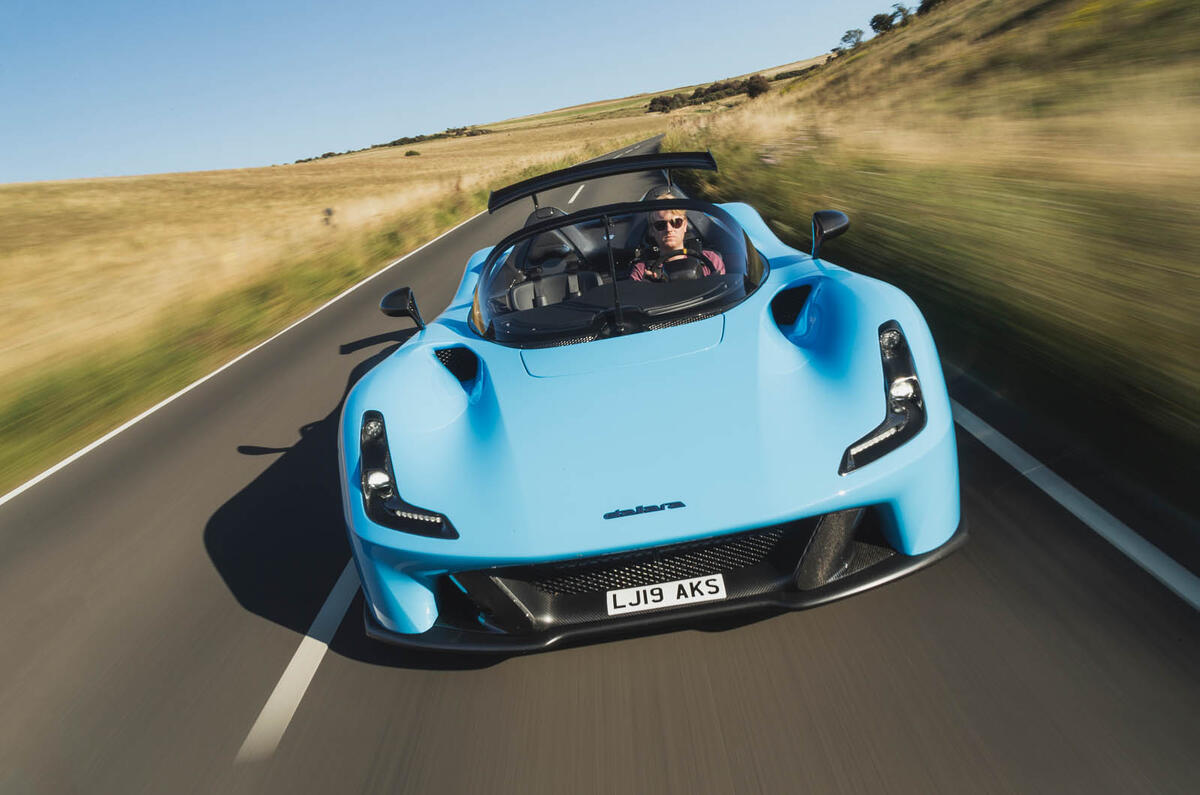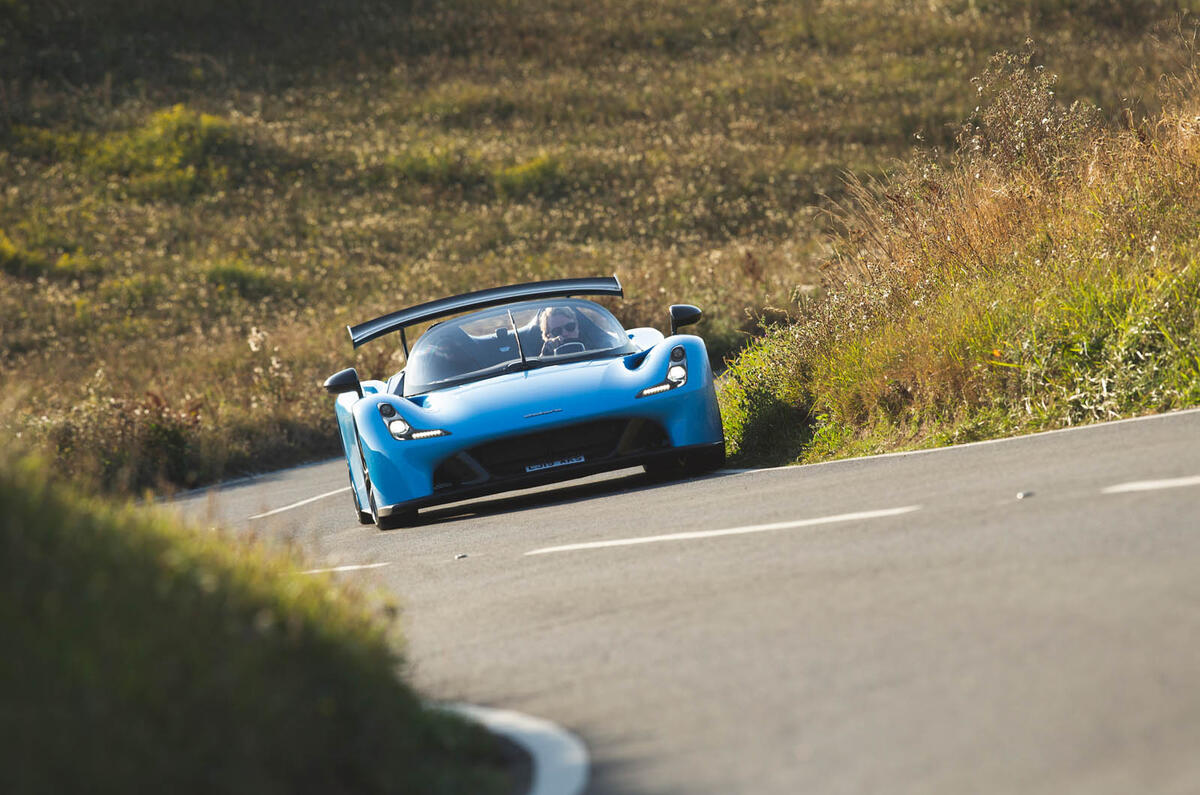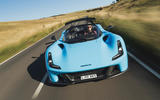What is it?
To fully understand the buzz around Dallara’s first road car, a flyweight roadster simply known as the Stradale, you need to know a bit about Dallara himself.
Giampaolo Dallara’s trajectory was set when he failed to win a place reading mechanical engineering at the Polytechnic University of Milan. He settled for aeronautical engineering, which was a good choice, because Ferrari realised in the late 1950s that it needed motorsport engineers with a deep understanding of airflow. Already obsessed with racing, Dallara was hired and worked on the Ferrari’s Formula 1 cars and sports prototypes, plus the 250 GTO, before moving to Maserati, where the Tipo 63 ‘Birdcage’ made it onto an incipient CV that would become breathtaking.
In 1963, at the age of 27, Dallara was poached by upstart Lamborghini and led the team that gave us the Miura. His decision to install the 3.9-litre V12 engine transversely was inspired in part by the layout of the new Mini; Alec Issigonis was a hero of Dallara's, if not quite to the same extent as Lotus founder Colin Chapman, who famously prioritised lightness. It’s no coincidence the Stradale weighs only 855kg without fluids.
As for how the Stradale weighs so little, you need to look at Dallara Automobili da Competizione, which Dallara founded in 1973 after working with Frank Williams on De Tomaso's Formula 1 effort. It has been a huge success story. Even decades after Dallara Automobili helped build icons such as the Lancia LC1 and LC2 Le Mans prototypes, which not even the Porsche 956 could match for single-lap pace, the company still ranks as a leading chassis builder in motorsport and consultancy.
Today, there’s barely a single-seater formula in which its hardware isn’t being used, though the main focus is Formula 3 and Indycar. Dallara has become a master of turning expensive ‘prepreg’ carbonfibre into fast cars, and but for its aluminium subframes, the road-going Stradale is built almost entirely from the stuff.
Dallara long had ambitions to inject his firm’s expertise into a road car that anyone could drive, and on typical British roads, the result looks spectacular, if quite alien.
How to describe it? If they revived the Targa Florio today but invited entries that had somehow time-travelled back from 20 years in the future, those cars might look something like the Stradale. The panels are slick, the shutlines tight and the beady headlights angry, but the silhouette bears a resemblance to the Birdcage that Dallara helped design more than half a century ago.




































































Join the debate
Add your comment
nice
I like this a lot
Buy a Zenos E10R and save yourself £160k
The Zenos E10R has the same engine, same weight, same (lack of) creature comforts and is quite exciting enough on the road. The Dallara will be quicker on track by virtue of its aero but not sure the driver will be having £160k more fun. Also, would you rather take a £200k toy on track or a £40k toy?
For that money....
..... you could have an Ultima Evo or RS fully built to your spec. At least that would have a real engne!
289 wrote:
Would be a trading a small step up to a ''real' engine for a big step down in chassis sophistication and competence,
@ D-B
....and you base this opinion on what.....?
How many miles have you covered in an Ultima Evo/RS?
289 wrote:
The fact that Ultima has zero competition heritage, other than a few kit car races in the early days, compared to gridfulls of Dallaras and on the rare occasion an Ultima has managed to be tested by a respected driver or journalist it hasn't come off that well.